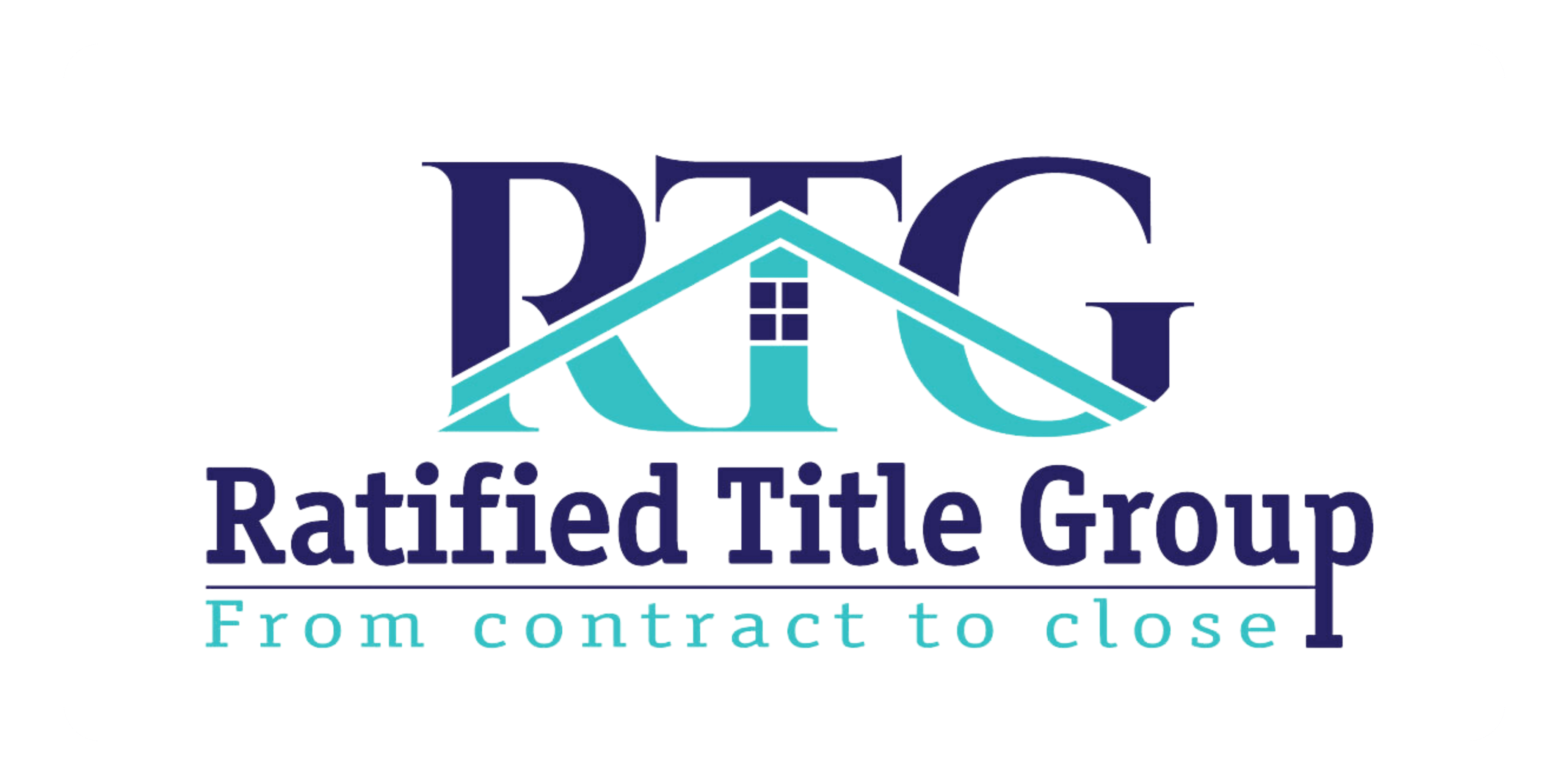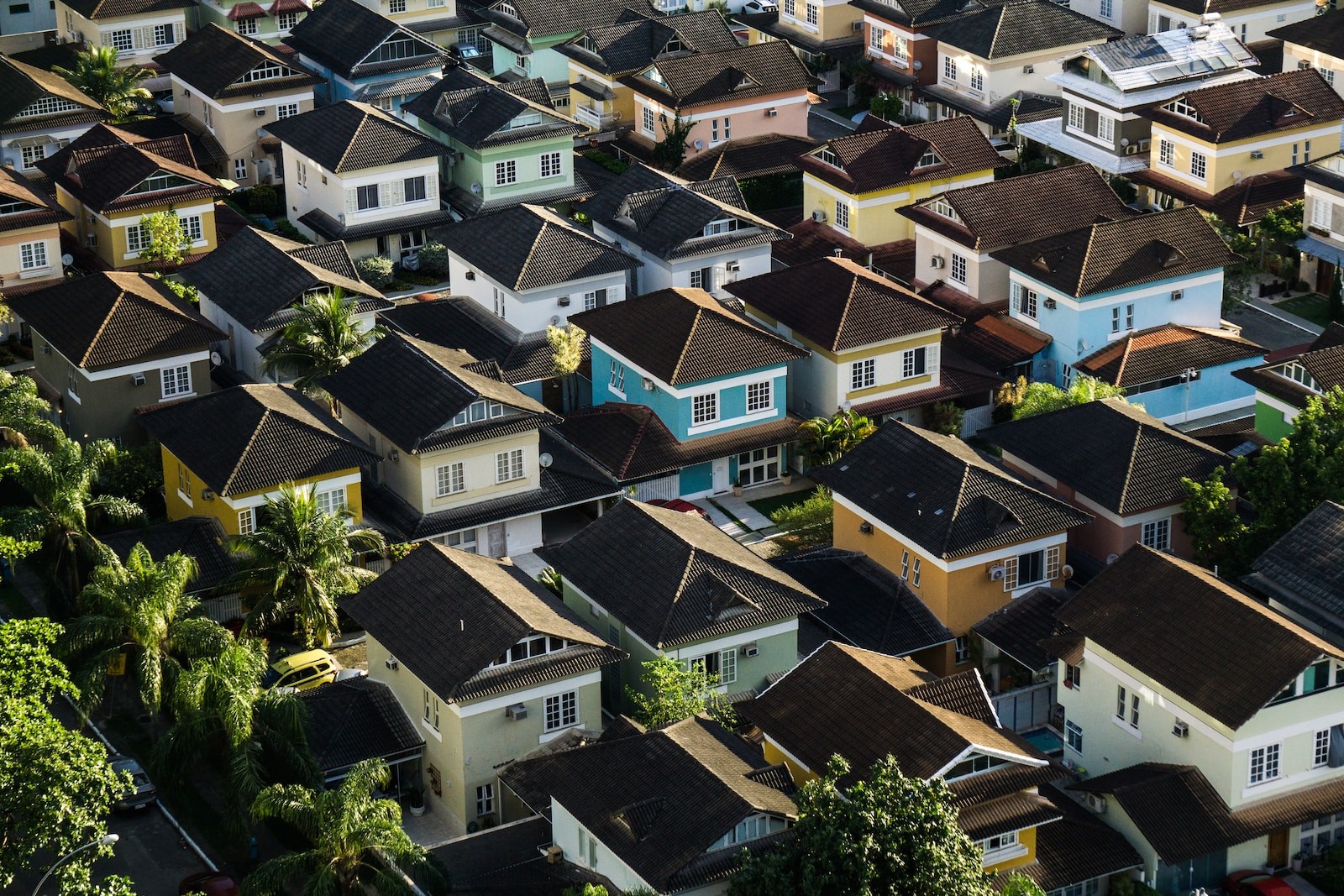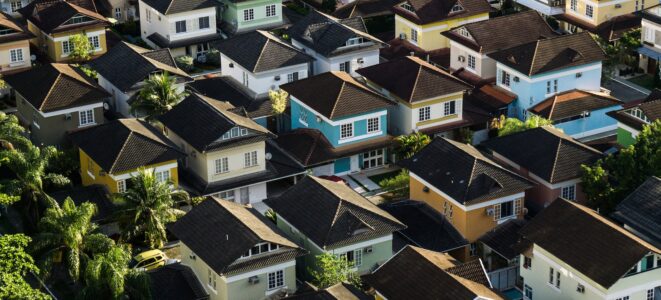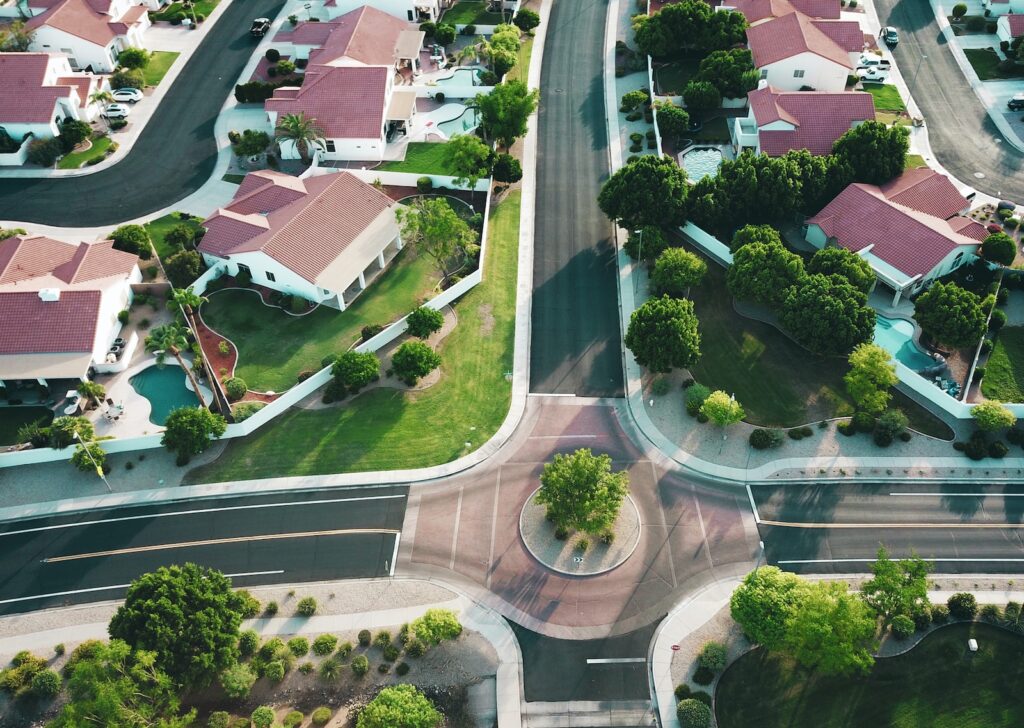
The real estate market, like any other, experiences highs and lows. Sometimes, these fluctuations can lead to a phenomenon known as a “real estate bubble.” In this blog post, we’ll delve into what a real estate bubble is, how it forms, and the potential consequences. Let’s navigate the world of real estate bubbles together.
What Is a Real Estate Bubble?
A real estate bubble occurs when property prices soar to unsustainable levels, driven by speculation and exuberant buying behavior. In simpler terms, it’s when the market becomes overinflated, and property prices detach from their intrinsic values. This situation can lead to a sudden and sharp decline in prices, often resulting in a market crash.
How Do Real Estate Bubbles Form?
- Excessive Speculation: One of the primary drivers of a real estate bubble is speculative buying. Investors purchase properties with the expectation that prices will continue to rise, allowing them to sell at a profit. This speculative frenzy can drive up demand and prices.
- Easy Credit: When banks and lending institutions offer mortgages with lenient terms and low-interest rates, it becomes easier for people to borrow money for property purchases. This increased access to credit can lead to higher demand and, subsequently, price increases.
- Lack of Regulation: Insufficient oversight or regulation in the real estate and financial sectors can contribute to the formation of bubbles. Without checks and balances, risky lending practices can flourish.
- Positive Feedback Loop: As property prices rise, homeowners feel wealthier and are more willing to spend, further stimulating the economy. This creates a positive feedback loop, with rising prices leading to increased spending and vice versa.
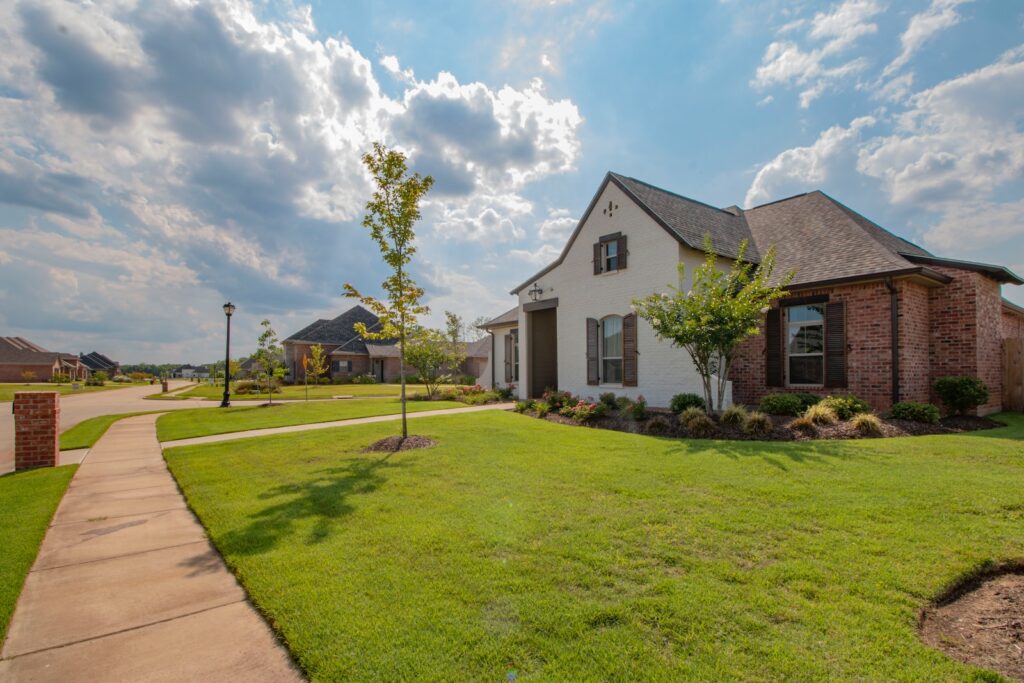
The Consequences of a Real Estate Bubble Burst
When a real estate bubble bursts, it can have far-reaching consequences:
- Price Crashes: Property prices plummet, often leaving homeowners with homes worth less than their mortgages.
- Economic Impact: The bursting of a real estate bubble can trigger a broader economic downturn, impacting industries related to housing, such as construction and finance.
- Foreclosures: Many homeowners may face foreclosure when they can’t meet their mortgage obligations.
- Banking Crisis: Banks and financial institutions holding risky mortgages may suffer severe losses, leading to a banking crisis.
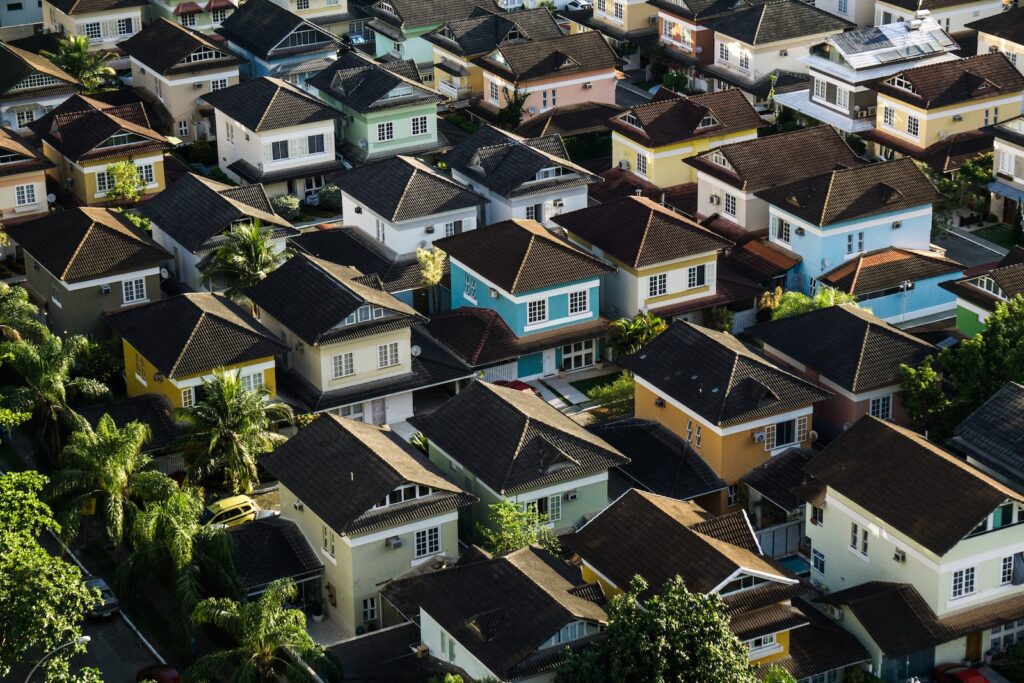
Examples of Real Estate Bubbles
- The U.S. Housing Bubble (2007-2008): Perhaps the most infamous, this bubble’s burst led to the global financial crisis. It was characterized by a surge in home prices, subprime lending, and a subsequent collapse in housing values.
- The Japanese Asset Price Bubble (1980s): Japan’s real estate bubble in the late 1980s resulted in property prices reaching astronomical levels. When it burst, it led to a prolonged period of economic stagnation known as the “Lost Decade.”
Real estate bubbles are a cautionary tale of the dangers of speculative behavior, easy credit, and lax regulation. Understanding the signs and potential consequences of a real estate bubble is crucial for both investors and homeowners. While not all property booms lead to bubbles, being informed and vigilant is the key to navigating the real estate market successfully.
